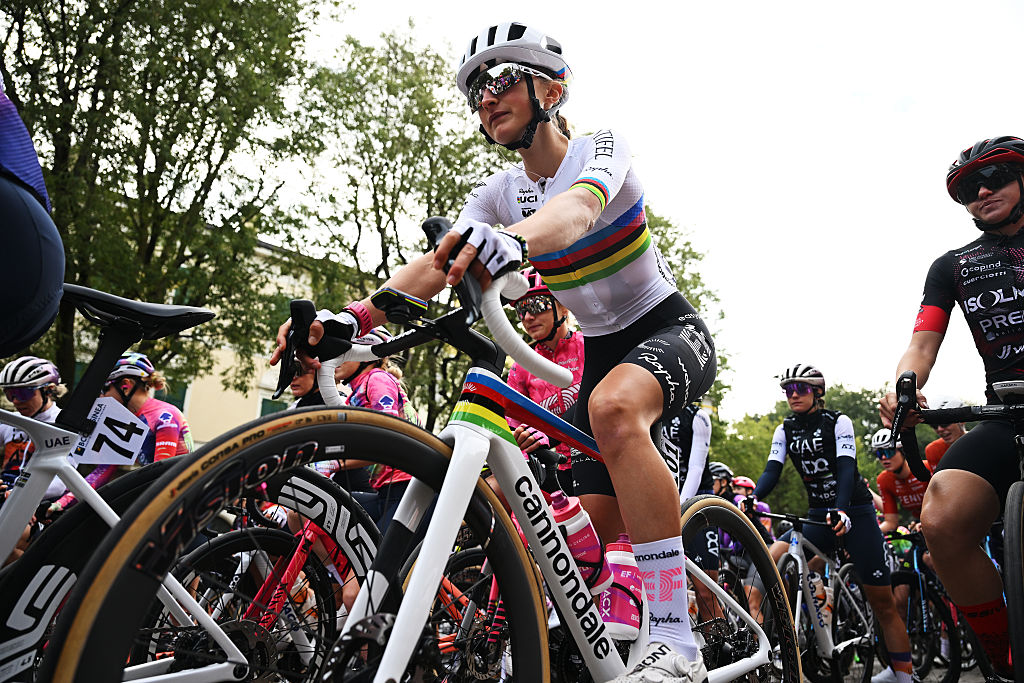Wrist vs chest strap heart rate monitor: which is better for you?
They both do the same thing but in vastly different ways. We lay out the pros and cons of wrist and chest strap heart rate monitors
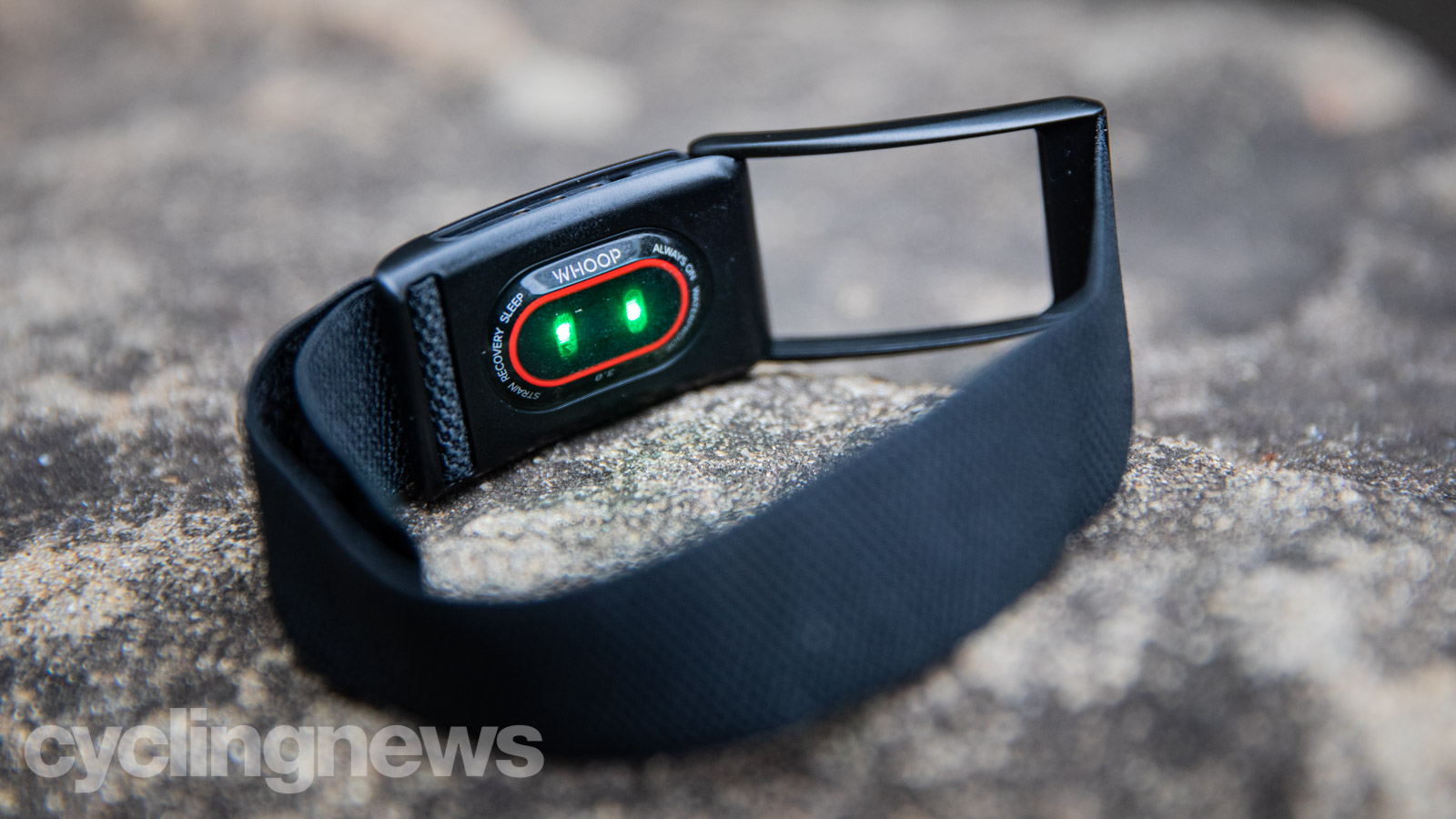
While power meters have become the gold standard when it comes to measuring effort on the bike, the best heart rate monitors can still be a valuable tool to have in your arsenal. It can show you how your body is doing, and how it bounces back from the effort on a climb, or that little extra push needed to hold a wheel.
While the classic chest strap still remains a popular choice, optical heart rate monitors have started to gain prominence, both wrist-based on the underside of smartwatches and fitness trackers, and forearm-based as stand-alone units too.
Read on to find out which might be the best for you.
Chest strap
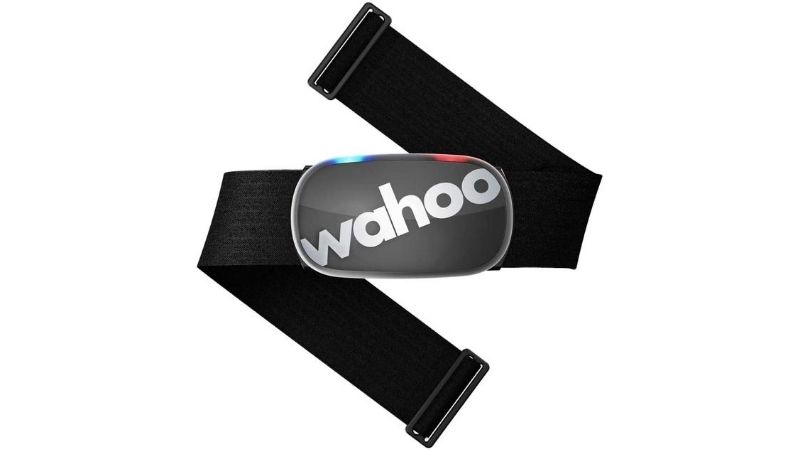
For a very long time, measuring heart rate meant wearing a chest strap. These utilise electrodes pressed up against your skin, and electrocardiography to log your heart's electrical activity. Regardless of the price point, HR chest straps are surprisingly accurate, with some options like the Polar H10 claimed to measure your heart rate to a granular degree of accuracy. This isn’t just bike industry hokum, a 2017 research letter in the Journal of the American Medical Association Cardiology found a chest strap had a 99 per cent correlation with an electrocardiograph and another 2017 study published in the Journal of Medicine and Science in Sport and Exercise found a Polar H7 to be in 99.6 per cent accurate when tested against an ECG.
The pads need a bit of moisture to pick up the electrical pulses coming from your heart, so they may need a few minutes once you get sweating to spit out an accurate reading - or you can lick the electrodes before putting them on for an instant reading, but that's a bit gross for our liking.
We’re sure that deep within an owners' manual that never came out of the box, there are best practices for wearing a chest strap, but it doesn’t take a rocket scientist to figure out where it goes, and there also seems to be a pretty wide range of real estate where it will take a reading.
Many people have a love-hate relationship with chest-based heart rate monitors, as the elastic strap can be uncomfortable, or slide down over the course of a ride. Most use a detachable pod that houses the hardware to broadcast the ANT+ and Bluetooth signals, a coin cell battery and sometimes accelerometers, gyroscopes, and perhaps a bit of memory, which can record running metrics and even full activities.
The latest race content, interviews, features, reviews and expert buying guides, direct to your inbox!
However, these snaps are usually the Achilles heel of the chest strap as the constant exposure to sweat can cause them to corrode to the point of interference with the signal coming from the electrodes. Sweat sneaking past the weatherproofing on the battery door can also be an issue. As far as how long they last, it seems to largely depend on the individual, there are some people who will go through a chest strap every year, while others (like this writer) only have to replace them when the elastic in the strap itself finally gives up.
Optical heart rate
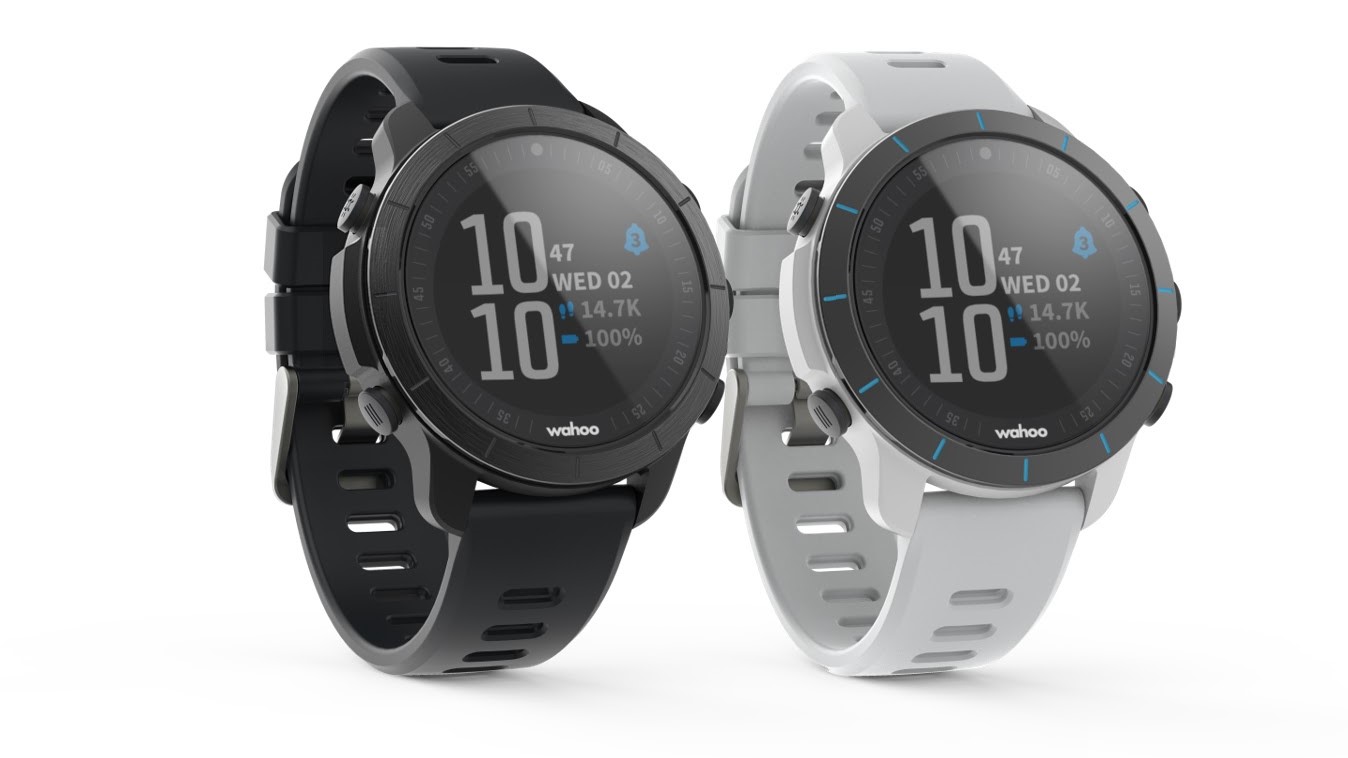
With the proliferation of fitness trackers worn on the wrist - such as Apple watches, Fitbits and the Wahoo ELEMNT Rival - we have also seen widespread adoption of optical heart rate monitors. Optical heart rate has been around for many years in the medical setting with the finger clips that read heart rate through Photoplethysmography (PPG). By shining a low-intensity light through your skin, the sensor can read fluctuations in blood flow beneath the skin and determine your heart rate, as well as more advanced metrics like blood oxygen - something that has come into the spotlight during the COVID-19 pandemic.
As you're likely to be wearing a watch or fitness tracker anyway, it makes a lot of sense to whack a heart rate sensor on the bottom of the case which will be pressed up against your skin. This allows the unit to read your heart rate during a ride (or broadcast it to your head unit in some cases), and also offer additional health and fitness stats like resting heart rate, heart rate variability, and sleep analysis - depending on the device.
There is also a range of stand-alone optical sensors, like the Wahoo TICKR Fit, Scosche Rhythm +, and Polar OH1 N optical sensors that offer the same functionality as a chest strap but from your wrist, forearm or bicep.
Optical heart rate sensors also come with quite a few caveats, especially when it comes to accuracy. There are best practices for how they need to be worn (tight, above the knuckle on your wrist), and accuracy can be affected by skin tone, hair, moles, and freckles. Because of these variables, two people wearing the same model watch or HR sensor can have different levels of accuracy.
Again there has been no shortage of testing in both the bike/fitness industry and peer-reviewed journals, which has shown that their point-to-point accuracy can vary from +/- one per cent to error rates as high as +/-13.5 per cent found by this 2019 study in the Journal of Sports Science.
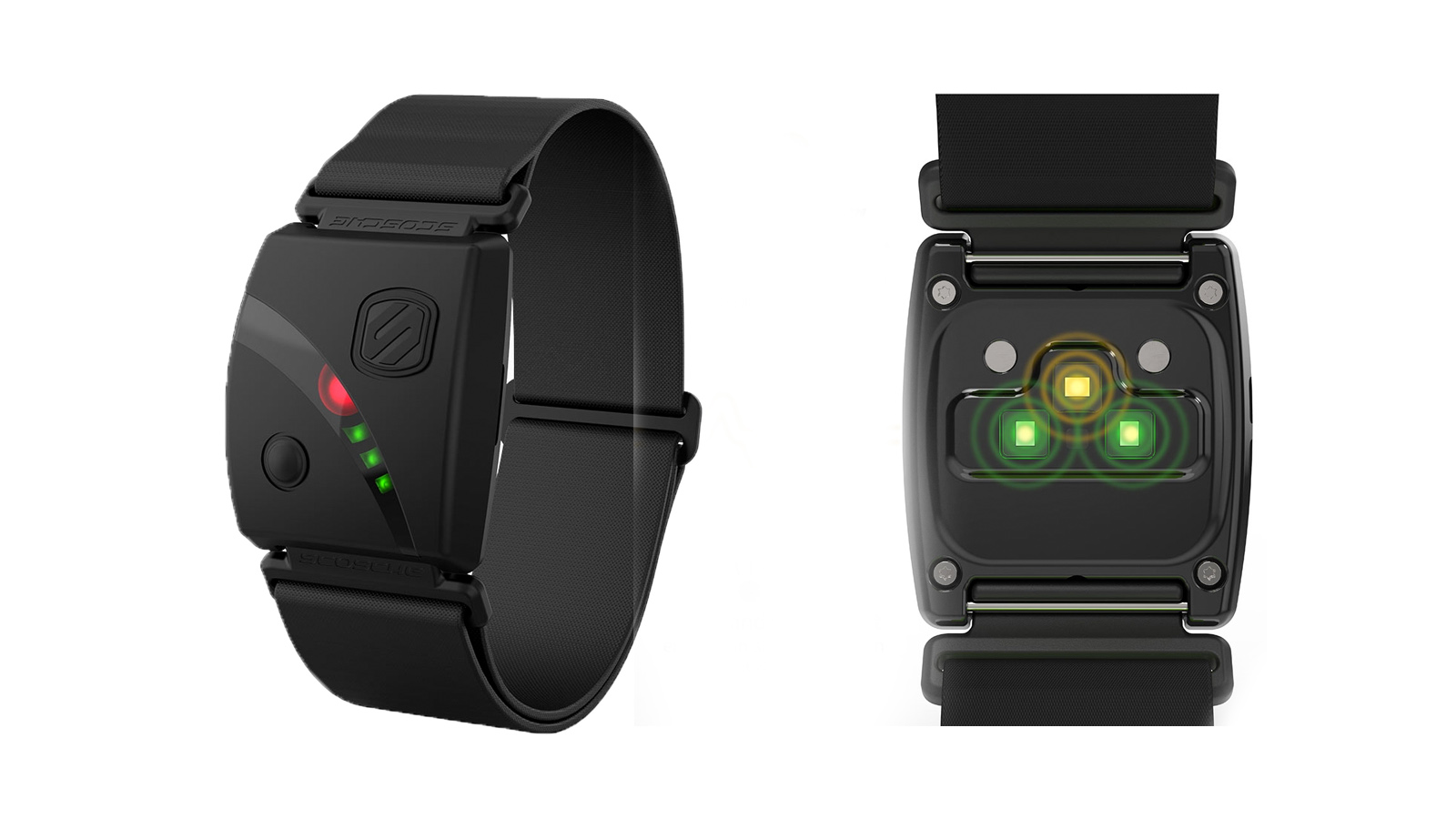
To no small degree, the source of this variation is due to how the heart rate is read and where it is taken. Optical heart rate requires the sensor to remain locked onto the skin to maintain its accuracy. When you start to shake it around - like on a bike ride - even if the watch or sensor is tight, it still moves around a bit, which makes its task hard again. This is backed by a 2018 study published in the Cardiovascular Diagnosis & Therapy, which tested a variant of optical HR sensors on runners, who, throughout the test, would run on a treadmill that would increase in speed. As the intensity of the workout increased, the accuracy of the optical heart rate sensors decreased.
Then there is the variety of sensors and algorithms being used. Some use three LEDs; some use two, others use just green, while others still used tri-colour LEDs, which means that some will be more accurate than others. Which those are, is hard to say.
As a rule of thumb in the testing we have done, optical heart rate sensors are still lacking when it comes to point-to-point accuracy, but they seem to offer a good overview of HR through your activity - say for something like a Zwift race - and often your average, high and low HR will match up with a chest strap.
If you’re training solely based on heart rate, or monitoring some sort of heart problem (please talk to your doctor first for the latter) a chest strap is the way to go for the point to point accuracy. If you’re not training just by heart rate and are instead simply looking for trends, an optical HR monitor will be more than good enough.
Based on the Gold Coast of Australia, Colin has written tech content for cycling publication for a decade. With hundreds of buyer's guides, reviews and how-tos published in Bike Radar, Cyclingnews, Bike Perfect and Cycling Weekly, as well as in numerous publications dedicated to his other passion, skiing.
Colin was a key contributor to Cyclingnews between 2019 and 2021, during which time he helped build the site's tech coverage from the ground up. Nowadays he works full-time as the news and content editor of Flow MTB magazine.
